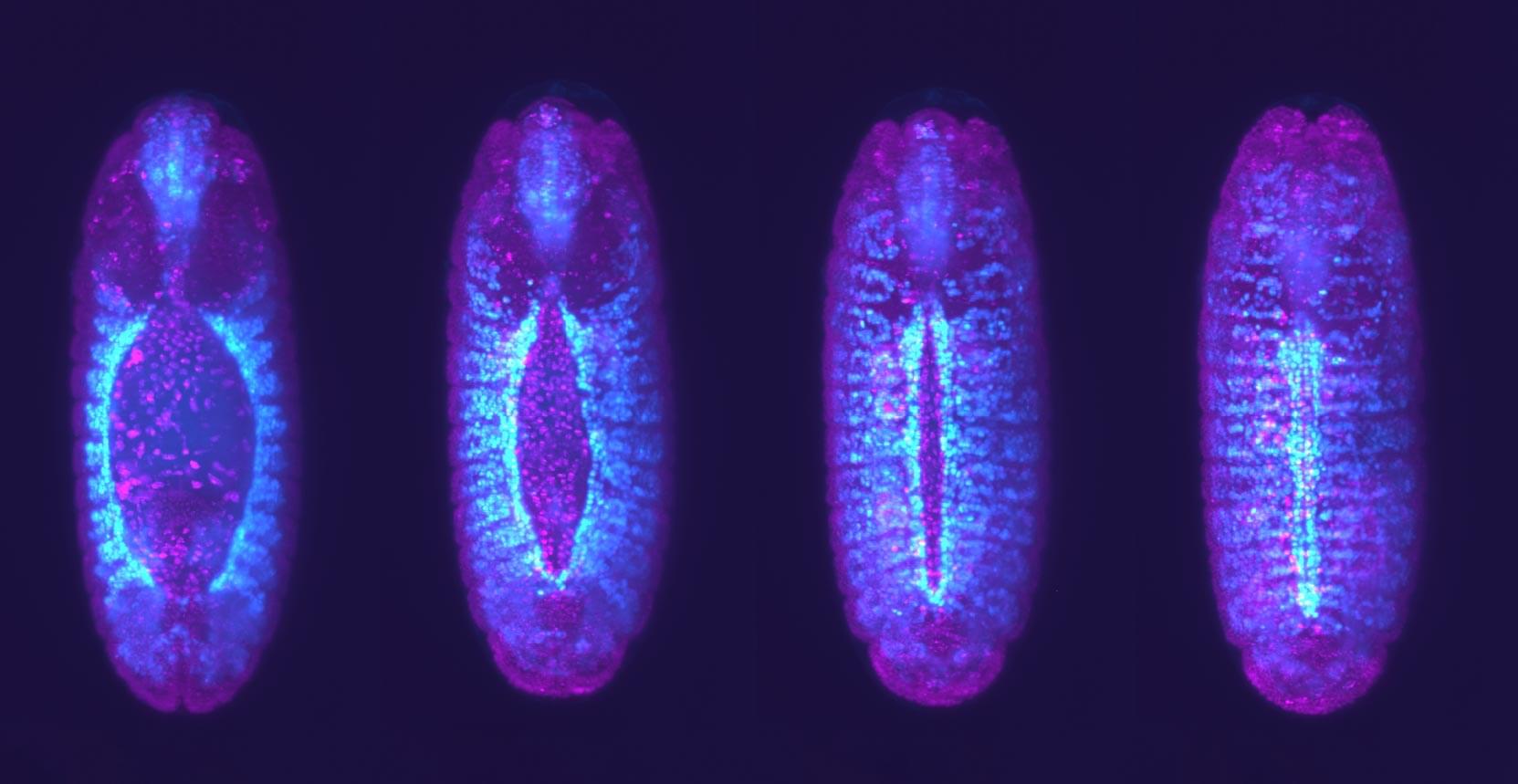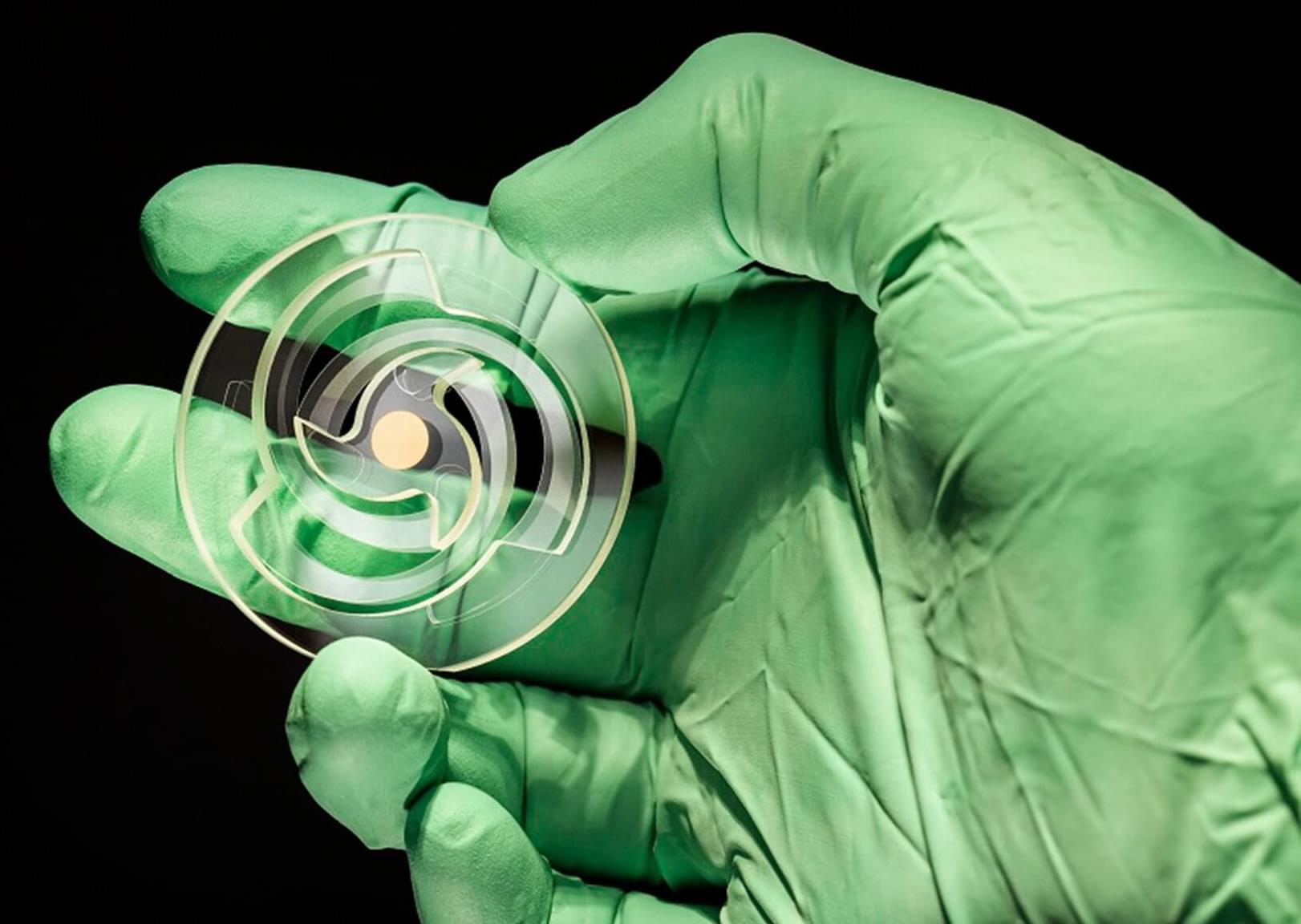Cells in the developing heart must find the perfect match, much like a game of microscopic speed dating.
Using filopodia—tiny tentacle-like structures—they probe their environment and latch onto potential partners. If they mismatch, proteins step in to separate them, ensuring precise alignment. Researchers modeled this process in fruit flies, uncovering the delicate balance of adhesive energy and elasticity that guides cell organization.
How developing heart cells find their perfect match.








